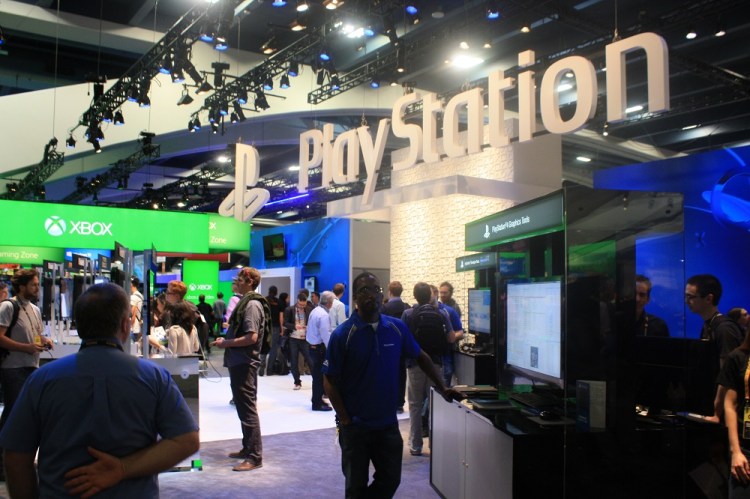Virtual reality has the attention of game developers. A survey by the Game Developers Conference shows that 16 percent of all developers are working on VR titles for 2016, compared with just 7 percent a year ago.
In its fourth annual state of the industry survey, the GDC — the big game developer event that draws about 26,000 people to San Francisco in March — found that PC and mobile games are still the top platforms for developers, but VR is growing fast.
The survey was organized by UBM Tech Game Network, the owner of the GDC, and it is based on the feedback of 2,000 game developers from around the world. The GDC 2016 takes place from March 14 to March 18 at the Moscone Convention Center in San Francisco.
“This year, VR is the thing that more developers want to do,” said Simon Carless, group executive vice president of UBM Tech, in an interview with GamesBeat. “It hasn’t taken over, but it has grown fast.”
Samsung launched its Gear VR mobile headset in November. And more VR devices are coming this year, including the Oculus Rift and the HTC Vive on the PC and the PlayStation VR on the PlayStation 4.
Looking to the future, 15 percent of developers say their next game will incorporate VR, up from the 6 percent who said so a year ago. In order of importance, the majority of VR developers are developing games for the Oculus Rift. The second platform for VR development is the Samsung Gear VR, followed by Google Cardboard, PlayStation VR, and the HTC Vive.
“You could argue that is about who has the most developer kits in the market,” Carless said. “Oculus has the advantage there.”
By comparison, 52 percent of developers are currently working on a game for PC, down from 56 percent from last year. 44 percent of developers are currently working on smartphone and tablet games, down from the 50 percent of developers working on these titles last year.
The consoles continue to be popular platforms for developers. 27 percent of respondents say they are working on a PS4 title, up from 26 percent last year; 23 percent are working on the Xbox One, up from 22 percent last year.
Nintendo isn’t doing great though. About 5 percent are working on Nintendo Wii U console games, down from 6 percent last year. 2 percent are working on titles for 3DS, compared to 3 percent in the previous year.
Most game makers believe VR/AR is a sustainable business, but 27 percent don’t believe VR/AR device adoption will ever match current console install-base. About 75 percent say that VR/AR is a long-term sustainable business to be in.
Asked if they believe VR/AR devices will exceed the adoption rate (roughly 40 percent) of game consoles in the U.S. in 2015, 27 percent of respondents said they didn’t believe VR/AR hardware would ever surpass that level of adoption. Just 1 percent of those surveyed said they expected it to happen by 2018, the earliest time period available for selection. 44 percent of respondents expected it to happen by 2026, and a total of 54 percent believed it would happen by 2030.
Separately, 38 percent predicted that VR/AR hardware would be in 10 percent of U.S. households by 2020. 86 percent say it will happen by 2030, and roughly 9 percent figure it will never happen.
Nearly 90 percent of developers believe that esports is a sustainable, long-term business. This represents an 8 percentage point jump from the 79 percent of respondents who affirmed the same position last year.
On the mobile front, Android and iOS are now nearly equal in ongoing app development, with 55 percent of respondents making Android games and 56 percent saying they are making games for the iOS.
57 percent of responding developers are working without a publisher, versus 24 percent who are (20 percent said they work at a publisher).
As for crowdfunding, Carless said 40 percent of developers had no interest in it. 15.6 percent said they had worked on a crowdfunded project, and 29 percent said they had not worked on one. 3.8 percent said they had tried to get crowdfunding but did not raise enough money to meet the funding goal.
As for the GDC itself, the event is still targeting 26,000 attendees and 500 sessions.
“We’re really excited about it,” Carless said. “It s our 30th show, and the industry has so much interesting stuff going on right now.”
VentureBeat's mission is to be a digital town square for technical decision-makers to gain knowledge about transformative enterprise technology and transact. Learn More


